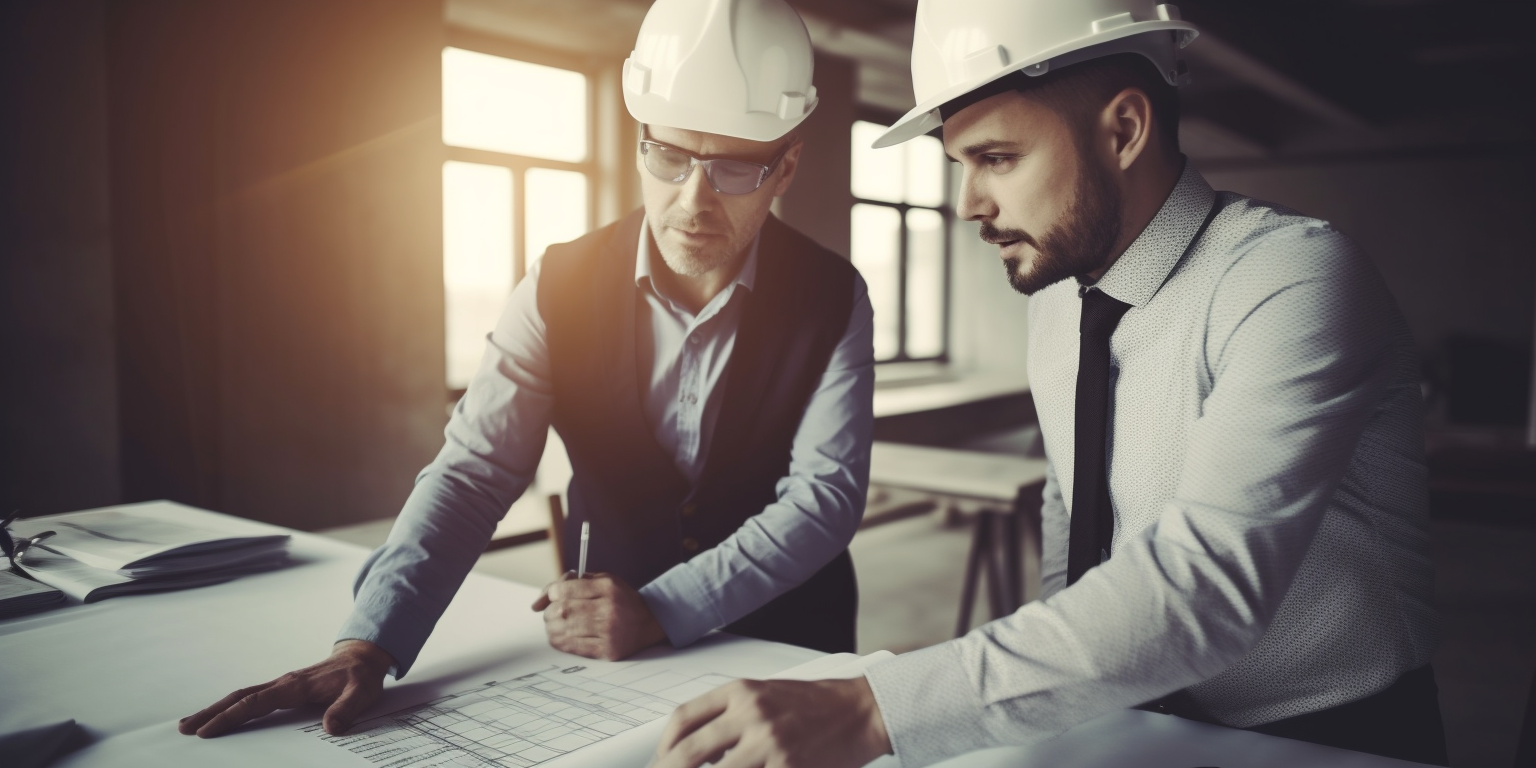How much does it cost to build an apartment complex?
Several factors can influence the total cost of building an apartment complex. One critical factor is the location. Land in urban areas, for example, tends to be more expensive than in suburban or rural areas. The cost of labor is another important consideration. Labor costs can vary significantly between regions and even between neighboring cities.
Materials used for construction can also greatly impact the overall cost. High-quality materials generally cost more but can lead to lower maintenance costs in the long run. On the contrary, less expensive materials can lead to higher maintenance costs over time.
The size and complexity of the design play a significant role as well. More units and floors mean more materials, more labor, and longer construction times, all adding to the cost. Similarly, complex designs with custom features or high-end finishes can significantly increase the total cost.
Development and permit fees are yet another consideration. These costs can vary based on local regulations and the project’s scope.
Lastly, market conditions can influence construction costs. For instance, periods of high demand can push up prices for both labor and materials. By contrast, during periods of low demand, costs may decrease.
What are the major factors driving up the cost of apartment construction in America today?
A multitude of factors are driving up the cost of building an apartment in America today.
Firstly, the price of raw materials is surging. Lumber, steel, and concrete, the primary ingredients in apartment construction, have seen significant hikes in their prices. This escalation is due to supply chain disruptions, increased overall demand, and rising energy costs.
Secondly, labor costs are escalating. There is a shortage of skilled labor in the construction industry. This scarcity is driving wages up as companies compete for the limited pool of workers.
Thirdly, compliance with a myriad of building codes and regulations also inflates costs. These codes ensure safety and quality but complying with them requires additional time, resources, and often, specialized expertise.
Fourthly, land prices have been on an upward trajectory. As cities become more populous, the demand for land grows, pushing prices higher.
Lastly, the cost of obtaining necessary permits has also gone up. Navigating the often complex and time-consuming permitting process can be expensive, particularly in densely populated areas.
What is the average cost per square foot to build an apartment complex?
Building an apartment complex involves numerous factors that collectively influence the average cost per square foot. This cost depends largely on location, size of the structure, and the quality of materials used. On average, the cost per square foot can range from $85 to $125 in lower-priced regions, while in more expensive areas, it can be upwards of $225.
However, this is purely the cost of construction. Developers also need to consider additional expenses. These include the cost of land, architectural and engineering fees, permits, and legal expenses. Furthermore, the cost of interior finishes, such as flooring, kitchen appliances, and bathroom fixtures, significantly impact the total cost.
It’s important to note that these figures are estimates. They can fluctify based on current market conditions, availability of materials, and labor costs. Developers are advised to conduct a comprehensive financial analysis before embarking on such a project. This will ensure they have an accurate picture of the potential costs and can plan their budget accordingly.
How much would it cost to build a low-rise as opposed to a high-rise apartment complex?
The cost of constructing a building relies on many factors, including its height. For instance, low-rise apartment buildings, typically comprising of one to three levels, are generally less expensive to construct compared to high-rise apartments that boast of ten or more levels.
One primary cost factor is the structure’s foundation. A high-rise building necessitates a deeper, more secure foundation to ensure stability, which ultimately leads to higher costs. Additionally, the materials used in high-rise buildings often tend to be more expensive. These buildings require stronger materials like reinforced concrete or steel to support the immense load of the structure.
On the other hand, low-rise apartments require less expensive materials and simpler engineering techniques, helping to keep costs down. The labor involved in constructing high-rise buildings also adds to the higher cost. Due to the complexity and larger scale of these projects, they demand a larger workforce and specialized skills.
However, the cost per unit may vary. Given that high-rise complexes can house a greater number of units in the same land area, the cost per unit can potentially be lower, depending on the local real estate market and other circumstances.
It’s worth noting that the factors influencing construction costs are numerous and complex, extending beyond the physical structure to include regulatory costs, location-specific costs, and more. Therefore, while high-rise construction generally requires a larger upfront investment, the long-term financial gains can be substantial, considering the greater tenant capacity.
What are the potential costs associated with obtaining necessary building permits?
Obtaining building permits can introduce several potential costs. The most straightforward one is the direct fee for the permit application. This fee varies based on location, size, and complexity of the project. It could range from a few hundred dollars for minor renovations to several thousand for large construction projects.
Another cost comes in the form of time. The permit application process involves preparing detailed plans and going through inspections, both of which can be time-consuming. If project timelines aren’t managed well, delays could lead to additional labor costs or missed opportunities.
Thirdly, there is the cost of compliance. The building work must meet specific codes and regulations. If the initial plans do not comply, modifications will be needed. These modifications can sometimes lead to increased materials and labor costs.
Lastly, there’s the potential cost of penalties for non-compliance. If work goes ahead without a permit where one is required, or if work doesn’t comply with the conditions of the permit, fines can be imposed. These fines can sometimes exceed the cost of the permit itself.
While these costs may seem daunting, it’s important to remember that building permits are there for a reason. They ensure safety and compliance with local building regulations, protecting both property owners and the community at large.
Is it more economical to build an apartment complex from scratch or renovate an existing structure?
Determining whether to build a new apartment complex or refurbish an existing one hinges on a myriad of factors. To make an informed decision, it’s crucial to assess the overall costs involved, potential returns, and the time required for each option.
Building a new apartment complex grants the flexibility of designing it according to current market demands. This approach can attract higher-income tenants, leading to increased rental income. Furthermore, new constructions often have lower maintenance costs, which can result in savings over the long term. However, building from scratch can entail hefty upfront costs and a long construction period, delaying potential income.
On the other hand, renovating an existing building might be less expensive upfront. This option allows for a quicker return on investment as units can be rented out as they’re completed. Additionally, renovation projects can sometimes benefit from tax incentives or grants, further reducing the costs. However, unexpected repair costs can arise, potentially blowing the renovation budget. Plus, older buildings may not command as high rents as new, modern complexes.
Both options come with unique risks and rewards. A future-focused investor might opt for new construction to meet evolving tenant preferences, despite the higher initial costs. Meanwhile, an investor seeking quicker returns might lean towards renovating an existing building, despite potential hidden costs. Therefore, the choice between building new and renovating hinges on financial resources, risk tolerance, and investment timeline. It’s not a one-size-fits-all answer, but a careful balance between cost, time, and potential returns.
How might changes in market conditions affect the cost of construction?
Market conditions wield considerable influence over the cost of construction. When the economy is strong, people often choose to invest in property. This spike in demand can drive up the price of construction materials significantly. Conversely, a sluggish economy can lead to a dip in demand and subsequently, a reduction in material costs.
Labor costs are another factor to consider. In a robust job market, there is typically a surge in employment rates. This situation often leads to a labor shortage in the construction industry and as a result, labor costs go up. Conversely, in a weaker job market, labor availability increases, potentially reducing labor costs.
Fluctuations in interest rates also play a role. Higher interest rates can increase the cost of borrowing for construction projects. This increase, in turn, can slow construction activity and reduce the overall demand for materials, potentially lowering their cost.
Lastly, changes in regulations and building codes can impact construction costs. When new regulations are introduced or existing ones are modified, construction firms may need to alter their methods or materials, potentially increasing costs.
Key Takeaways:
– Construction costs can increase due to fluctuations in material costs, unexpected problems during construction, and changes in design.
– Obtaining building permits involves several potential costs – direct application fees, time spent on the application process, the cost of compliance with building regulations, and penalties for non-compliance.
– The decision to build a new apartment complex or renovate an existing one depends on several factors including costs, potential returns, and time required.
– Market conditions, including the strength of the economy, employment rates, interest rates, and changes in regulations, can significantly impact the cost of construction.



